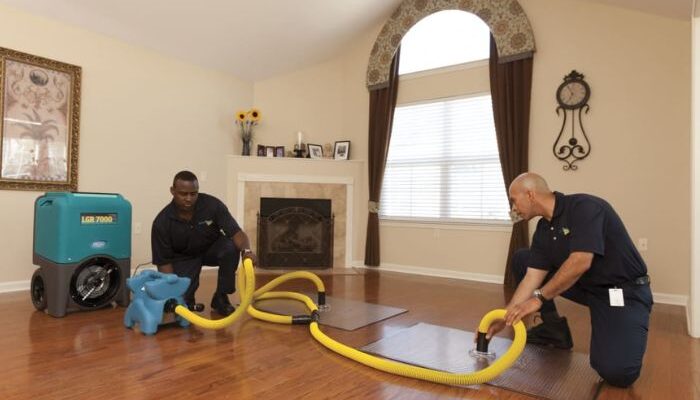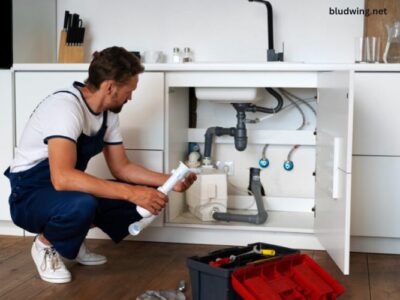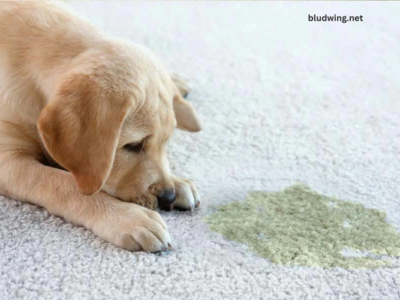Water damage is one of the most common and costly issues homeowners face. Water damage may be disastrous to your house if it is not addressed right away, regardless of whether it is the result of flooding, a busted pipe, or a leaking roof. To reduce damage and safeguard your house, you must act quickly. Every homeowner should be aware of these five water damage restoration steps in order to protect their property.
-
Ensure Safety First
Ensuring everyone in the house is safe is the first and most crucial step in handling water damage. Water and electricity don’t mix, so it’s crucial to turn off the power supply to affected areas. If water has reached electrical outlets or wires, avoid contact until you’re certain it is safe. To protect yourself from any pollutants, put on rubber boots and gloves. Floodwater can include mold spores, germs, and other dangerous materials.
-
Stop The Source Of Water
Once safety is ensured, the next step is to stop the water at its source. If a burst pipe is the reason, this may entail cutting off the main water supply or closing the valves on equipment like washing machines or dishwashers. If the damage is due to heavy rainfall or flooding, it may be necessary to use sandbags or other barriers to prevent further water from entering the property. The faster you can stop the water from continuing to flood your home, the less damage it will cause.
-
Remove Standing Water
The third step in restoration for water damage is removing standing water from your home. The longer water sits in your space, the more it soaks into materials like drywall, wood, and flooring, increasing the risk of structural damage and mold growth. Most standing water is usually removed using a sump pump or a wet/dry vacuum. If the damage is extensive, professional restoration companies may be needed to assist with the extraction process. Prompt removal of water helps limit the scope of the damage, and the quicker this is done, the better.
-
Dry And Dehumidify The Area
Once the water has been removed, the next step is drying out the area. Fans, dehumidifiers, and open windows can all be used to improve ventilation and encourage evaporation. Water can remain in these places and create further damage, so it’s critical to pay attention to locations that can be hidden, like under floors or behind walls. Dehumidification is key to reducing moisture levels and preventing mold and mildew growth, which can begin within 24 to 48 hours after water exposure.
If you’re unsure whether all areas are sufficiently dried, a professional water damage restoration service can use specialized equipment like moisture meters to check hidden dampness levels and ensure thorough drying.
-
Clean, Sanitize, And Repair Damaged Materials
Once the space is completely dry, it’s time to clean, sanitize, and begin repairs. Water can leave behind dirt, debris, and even hazardous contaminants that pose a health risk, especially if it’s floodwater. Ensuring a safe and healthy environment requires carefully cleaning the impacted areas using disinfectants. Materials such as carpets, upholstery, and clothing may need professional cleaning or replacement if they are beyond restoration.
After the cleaning process, it’s time for repairs. This could involve replacing damaged drywall, insulation, flooring, or even structural elements of the building. In some cases, mold remediation might also be necessary to prevent future growth. A professional restoration company can help with these repairs, ensuring that everything is restored to its original condition.
Conclusion
Restoration of water damage is a time-sensitive procedure that calls for prompt intervention and the appropriate equipment. By following these top five steps—ensuring safety, stopping the water source, removing standing water, drying and dehumidifying the area, and cleaning and repairing—you can protect your property from further damage. Even while some water damage scenarios could call for expert help, taking prompt action can greatly lower the chance of long-term problems, including structural damage and mold growth. Remember, the faster you respond, the better your chances of minimizing the damage and getting your home back to normal.

















Comments